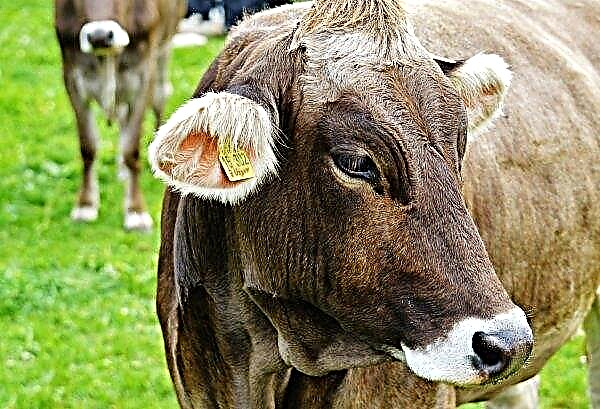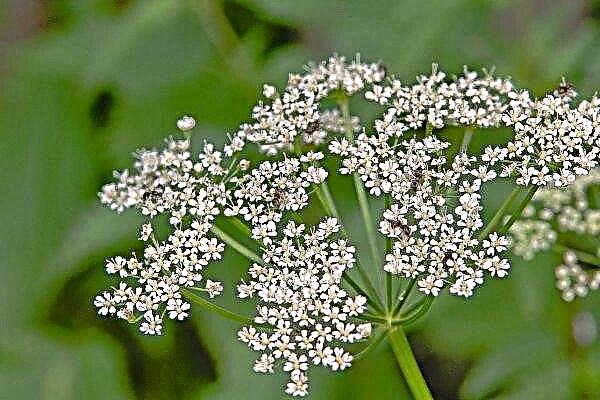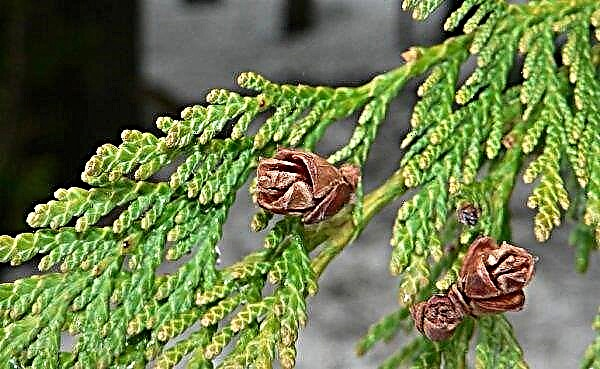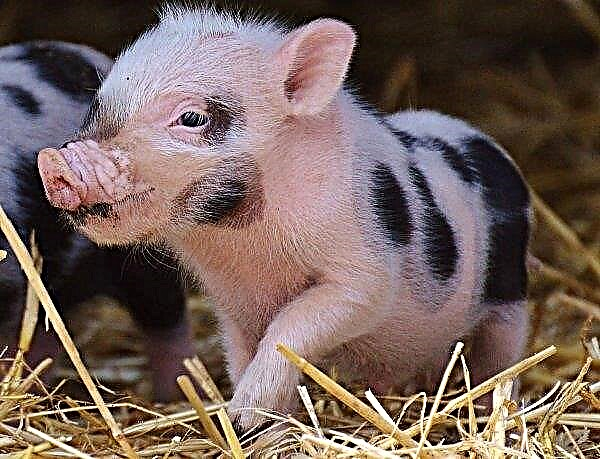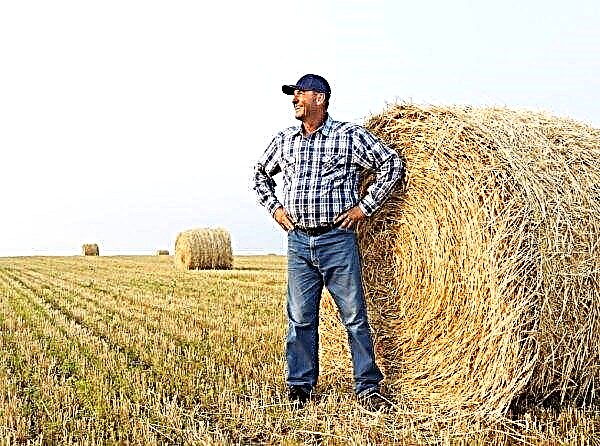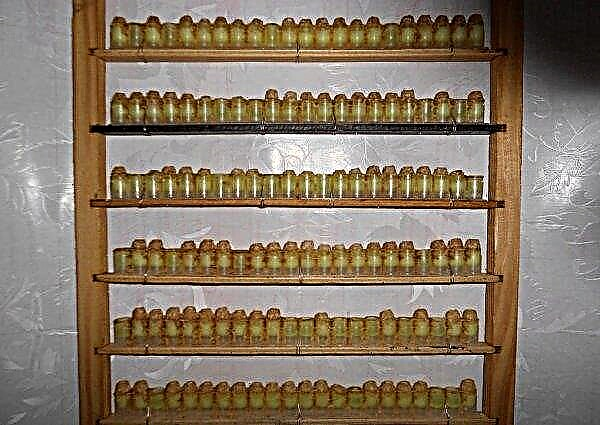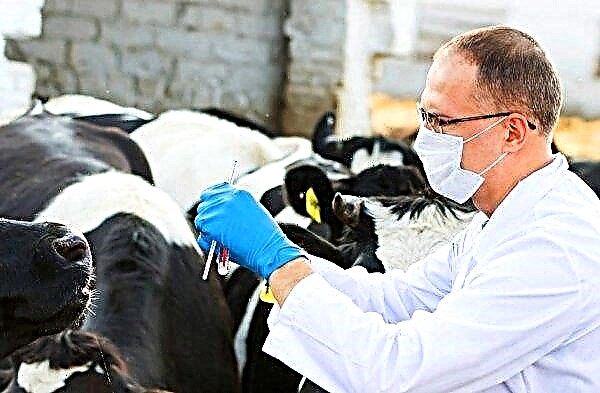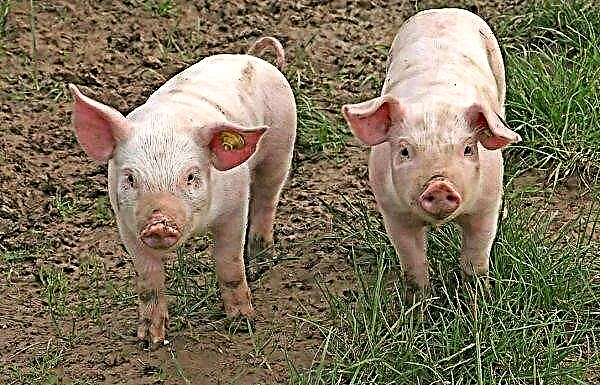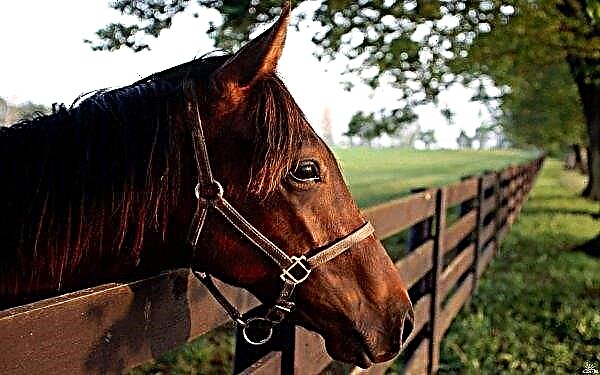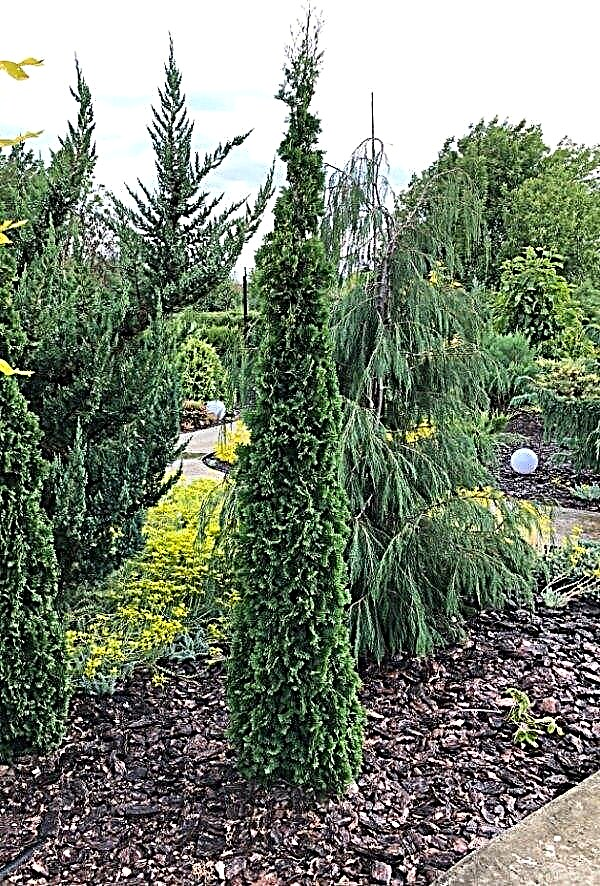Pheasants - birds living in forests, reluctantly flying, but running perfectly. They are domesticated animals and are often bred for delicatessen meat. They are also hunted. All existing pheasants are divided into 11 genera, consisting of 35 species. Some of them will be discussed later.
Pheasant species
Pheasant (Phasianinae) is a subfamily of large pheasant birds from the order Chicken. This subfamily is divided into such genera: real, eared and lofurs.
Real pheasants
Real pheasants, or simply pheasants, are the so-called nominative genus in the subfamily Phasianinae. The peculiarity of the genus is that in all representatives the ring framing the eyes does not have plumage. Representatives of these pheasants lead a herd life.
Inhabit forests and shrubs in the vast Asian territory from Western and Central Asia to China and Japan. They brought them to some regions of Europe and North America.
The genus is divided into two types: ordinary and green. This often includes the third species, hunting, although it is a hybrid form of the first species.
Common pheasant
Representatives of this species have much in common with chickens. The only thing that separates them strongly from the latter is the long feathers of the tail. Their color is light brown with purple or copper tint. The main gamut of feathers of the body:
The main gamut of feathers of the body:
- brick;
- green
- yellow gold
- purple.
There are other shades. The colors of the males are bright, and the females are dull. The average weight of birds is 1.7–2 kg, but the “gentlemen” are larger than the “ladies”. The body is about 0.85 m long. The tail is wedge-shaped and consists of 18 feathers, tapering towards the end. The wings are short, rounded. Their peak is formed from the fourth and fifth fly feathers. On the legs of males spurs.
In the wild, they live in places with lush vegetation and closely spaced water. Often they can be found next to cotton, rice, corn fields. Found from Turkey to the Korean Peninsula, Vietnam. The second name of the species is Caucasian.
Did you know? The name of the bird “pheasant” comes from the name of the ancient city of Phasis in Colchis (now the territory from Sochi to the north-eastern regions of Turkey along the Black Sea coast). It is from here, according to legend, that the Argonauts brought the previously unknown bird to the Greeks.
Hunting pheasants
A hybrid form that lives in Primorye and the southern countries of the CIS. To obtain a hybrid, the Chinese and Transcaucasian subspecies of the common pheasant were crossed. Now he is bred in most European and American hunting farms. Their males also stand out from the females. The color scheme varies from snow-white to purplish-black. The average weight of adults is 2000. The tail is about 0.85 m long. It is painted in light brown with dark dots. The masonry of the females is small.
Their males also stand out from the females. The color scheme varies from snow-white to purplish-black. The average weight of adults is 2000. The tail is about 0.85 m long. It is painted in light brown with dark dots. The masonry of the females is small.
Green pheasant
Endemic to the Japanese islands of Honshu, Shikoku, Kyushu. Here it inhabits shrubs growing in rolling hills. It was introduced to Hawaii and North America. The length of the male is 75–89 cm, of which 28–42 cm is the tail. Wings are 22.5–24.3 cm long. They weigh 900–1100 grams. Females are much smaller. They are 53–62 cm long. Tail - 21–28 cm. Wings - 20–23 cm. Females weigh 0.8–0.9 kg.
The length of the male is 75–89 cm, of which 28–42 cm is the tail. Wings are 22.5–24.3 cm long. They weigh 900–1100 grams. Females are much smaller. They are 53–62 cm long. Tail - 21–28 cm. Wings - 20–23 cm. Females weigh 0.8–0.9 kg.
The main scale in the plumage is green (neck, chest, crest). Feathers on the head with a burgundy tint, on the wings - with blue and brown, and along the contour golden. This is how males look. Females are brownish-gray with darker spots. 6-12 olive eggs are laid.
Collared Pheasants
A feature of all representatives of this species is a long bright crest and a motley collar. All have powerful legs with spurs.
Diamond Pheasant (Lady Amherst Pheasant)
Another name is Lady Amherst Pheasant. The lady whose name this noble bird bears was the wife of the Governor General from India, who brought the outlandish bird to Britain in 1828. The color of the plumage of males is amazing. Their breasts are decorated with snow-white plumage. Goiter, wings and upper back are black with a green tint. The back below is yellow, sometimes casting red. The occipital feathers are white with a black border. The head is decorated with a bright red crest.
The color of the plumage of males is amazing. Their breasts are decorated with snow-white plumage. Goiter, wings and upper back are black with a green tint. The back below is yellow, sometimes casting red. The occipital feathers are white with a black border. The head is decorated with a bright red crest.
The tail is also luxurious. It shimmers with a white-brown-black gamut of colors. The length of the bird is 150 cm, of which two thirds are the tail. The bird is light, not more than a kilogram. The female is discreet. Her color corresponds to the color scheme of the area in which she lives, which allows her to go unnoticed.
Its length is 67 cm, of which 35 cm is the tail.
In Asia, where the birds came from, they chose the remote mountain slopes at a considerable height. They are attracted to bamboo thickets. They are saved from frost on sunny valleys. In England, in the territory where they were brought, they prefer coniferous forests.
Their diet is based on plant foods and invertebrates. The mating season begins with a magnificent dance. After mating, the female lays about 12 cream-white eggs. Diamond pheasants lead a solitary lifestyle, so their habits and habits are very poorly understood.
Did you know? The Chinese call the diamond pheasant floral.
Golden Pheasant
This pheasant is known to everyone who has ever visited a zoo. Thanks to his bright plumage, he is a welcome guest in zoos. In the wild, to see him is almost impossible, since he is very shy. The homeland of the feathered is western China. In nature, he lives only here, in the southern part of the country, in Transbaikalia and eastern Mongolia. The main pride of the male is a lush golden yellow tuft and brilliantly orange feathers with a black fringing on the collar. The body from the beak to the paws is bright red. The central part of the back is golden yellow, above, in the shoulder area is green, and below is dark blue.
The main pride of the male is a lush golden yellow tuft and brilliantly orange feathers with a black fringing on the collar. The body from the beak to the paws is bright red. The central part of the back is golden yellow, above, in the shoulder area is green, and below is dark blue.
Females have a rusty-brown plumage in a dark speck and strip. Their wings are well developed, but the bird prefers not to use them.
The basis of their diet is plant foods. Sometimes they can eat a bug or a spider. They live alone and only in the mating season are they looking for partners. Females lay no more than 12 eggs that look like chicken.
Eared Pheasants
There are four species in the genus, living mainly in China. All members of the genus are large birds with an elongated body. Paws are short and powerful, with spurs.
Blue pheasant
Blue, or rather blue pheasant, reaches 96 or more centimeters in length. The feathers are gray-blue. From the beak under the eyes up to the occipital part go white feathers. In the neck, they rise, resembling ears. The eyes are framed by red circles of leathery folds. The crown is black. Covering feathers are brown with a purple hue; fly feathers are simply brown. Steering feathers 24. Their central pair with a bluish-gray tint with green spots on the end. The rest have wide white stripes at the base and a black edge. The tail itself is not long, but very magnificent. The legs are red.
Covering feathers are brown with a purple hue; fly feathers are simply brown. Steering feathers 24. Their central pair with a bluish-gray tint with green spots on the end. The rest have wide white stripes at the base and a black edge. The tail itself is not long, but very magnificent. The legs are red.
On average, males grow to 96 cm, and their tail is 49–56 cm. Females are smaller, but colored identically to males. There are no spurs on their paws.
The bird inhabits the highlands of Eastern Tibet and Western China. Here she chose juniper thickets and mixed forests. Grouped in flocks. In March, separate pairs are formed in each flock, and the mating season begins. Clutch is formed from 8-14 eggs.
White pheasant
Almost all feathers of this bird species are white. There is a dark black cap on his head, and large red circles flaunt around his eyes. The ends of the tail feathers are brown. The same on the wings. There are 20 purple-bronze tail feathers in the tail. The males are 92 cm long. Their tail is 58 cm. They weigh 2.35–2.75 kg, and females 1.4–2.05 kg. There are no differences in color between the sexes.
The males are 92 cm long. Their tail is 58 cm. They weigh 2.35–2.75 kg, and females 1.4–2.05 kg. There are no differences in color between the sexes.
Feathered birds live in Southeast Tibet, Sichuan, on the eastern Brahmaputra. They settle on mountain peaks and valleys in juniper, oak forests. The species has five subspecies that differ in color of plumage: in some it is white, in others with a bluish tint.
Important! Due to the constant felling of the natural habitat, white pheasants have become quite rare birds. In Europe, they can only be found in zoos, and then these individuals were bred in captivity.
Lofurs (broad-tailed pheasants)
Common to the description of representatives of the genus Lofur - the lower back of males has a red tint of varying severity. The stain can range from orange-red to dark copper in color. Birds come from central and southern Asian lands. They eat both plant and animal food.
Silver pheasant
It inhabits the southern part of China, the east of Myanmar and Indochina. Its torso from beak to tail is painted black with blue. The back is snow-white with a delicate pattern on the feathers of the wings. A black or dark blue crest adorns the head. The eyes, cheeks and frontal are bright red. Legs are coral red in color and with spurs. The beak is straw. The length of the males is about 120 cm, 70 cm is the tail. Females are smaller - 70–71 cm, and 24–32 cm - tail. It is also white with a black pattern. The weight of males can reach 4000 g.
Legs are coral red in color and with spurs. The beak is straw. The length of the males is about 120 cm, 70 cm is the tail. Females are smaller - 70–71 cm, and 24–32 cm - tail. It is also white with a black pattern. The weight of males can reach 4000 g.
Pheasant Piling
A medium-sized bird, in body structure similar to wild chickens. They have only a longer tail and pronounced sexual dimorphism, noticeable as the birds mature. Females, like most females, are inconspicuous. In their plumage there is a dark brown gamma with specks of yellow-ocher color. Steering feathers are red-brown. Monthly chicks are stained similarly. By winter, males show bright colors. Before puberty, they are painted black and blue with a mottled brown spot on the back at the tail.
Steering feathers are red-brown. Monthly chicks are stained similarly. By winter, males show bright colors. Before puberty, they are painted black and blue with a mottled brown spot on the back at the tail.
At the age of two years, with the onset of puberty, they look amazing: the chest, the tail section of the back and wings are blue-violet, on the shoulders there are bright brown spots with a burgundy overflow, a snow-white strip from the neck to the middle of the back, the same crest and central tail unit tail.
Around the eyes are bright red circles of skin folds. The legs are red with a crimson hue and decorated with spurs.
Sexually mature males reach 0.79 m in length, 0.41-0.5 m falls from them to the tail. The females are 0.5–0.52 m long and the tail 0.2–0.22 m long.
The bird is endemic to the island of Taiwan. Its range in nature is so limited that only a few can see it, so it is one of the most expensive species of pheasants.
Pheasant Argus
The appearance of the pheasant Argus has much in common with the peacock, so it is often called the large peacock pheasant. The main advantage of Argus, unlike the peacock, is not its tail at all, but its wings. During mating games, the bird lifts them up, spreading them and turning them into two magnificent fans with large “eyes”. Their head is bright blue, turning into a red neck and gray-green body. The body length of males exceeds 200 cm, of which 150 cm is the tail. Young growth acquires its magnificent color only in the third year of life. Females are small, without a long tail and lush wings with an interesting pattern.
Their head is bright blue, turning into a red neck and gray-green body. The body length of males exceeds 200 cm, of which 150 cm is the tail. Young growth acquires its magnificent color only in the third year of life. Females are small, without a long tail and lush wings with an interesting pattern.
They live in the Malaysian and Sumatrian jungles. Also quite rare, like the previous species, and therefore expensive. You can see them only in some private collections.
Features of the content of pheasants
During the mating season and outside it there are its own nuances of keeping birds. In the latter case, pheasants live in large groups in aviaries. It’s easier to take care of them. The aggressiveness of males increases with the onset of the mating season, and they often start fights among themselves, so they need to be quickly resettled.
One pheasant should account for 6–10 females. Such a family is housed in aviaries, where there is a dark room, a canopy and a spacious place for walking. The walking area at the bottom should have solid walls up to a height of half a meter.
This is necessary so that the males, being in neighboring aviaries, do not arrange fights. The upper part can be mesh, with a mesh size of 2.5 × 2.5 cm. It is advisable to cover the ceiling with a nylon mesh with 5 × 5 cm cells so that the birds are not injured during take-off.
Head density per square meter:
- in cells - 1-3;
- floor maintenance - 1–5.
The walking area is 10 m² per individual. Separately, families are kept from February to August. After they are transplanted into a common aviary, where more than one hundred birds can live. Such enclosures should have a high shrub and canopy, under which there are feeders and drinking bowls.
Separately, families are kept from February to August. After they are transplanted into a common aviary, where more than one hundred birds can live. Such enclosures should have a high shrub and canopy, under which there are feeders and drinking bowls.
Pheasant feed is poured for 2-3 days. During the mating period, the feeding front should be 6 cm / individual, the rest of the time - 3 cm / individual. The front of drinking is 2 and 0.5 cm / individual, respectively. Drinking bowls can be of any shape. They should be located in such a way that access to them is outside the enclosure so that personnel do not go inside when filling them.
How to collect pheasant eggs
When breeding pheasants on eggs, they must be taken out from under the hen in a timely manner according to the following rules:
- collection is carried out in the morning or in the afternoon, while the birds feed;
- Before the procedure, you need to wash your hands well so as not to bring an infection;
- the collected product is stored at + 5 ... + 12 ° С in a dark place at a humidity of 70%;
- heavily contaminated eggs are washed in a pale solution of potassium permanganate.
Breeding young
Pheasants should also be bred according to the rules:
- After the appearance of the chicks in the incubator, 120-180 minutes are left to dry.
- Youngsters can be raised under hen hens.
- If floor maintenance is planned, the density should be 20–25 heads per square meter. A group may consist of a maximum of 500 goals.
- For three weeks after hatching, the temperature is held at + 32 ... + 34 ° C under the heater. Indoors the first seven days - + 28 ° С, the second - + 25 ° С, the third - + 23 ° С, the fourth - + 22 ° С. Then held at + 20 ° C.
- The feeding front in the first 30 days is 15 mm / individual, from a month to three - 40 mm, up to six months - 50 mm.
- The front of drinking in the first 30 days is 7 mm, then 10 mm per individual.
Pheasants - unusual beauty of a bird.
They can be bred for both decorative and household purposes - to obtain meat and eggs. Caring for them is not more difficult than for chickens.Important! At the age of six months, pheasants can be killed or allowed to breed.

